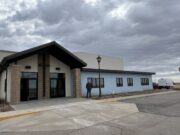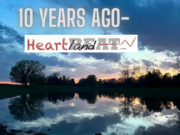Hank McGowen with soybeans in relay cropping system.
NRD Press Release
Connecting on Conservation Farmer Field Day Event Held
For farmers just thinking about getting started with regenerative agriculture practices, one of the most important resources to consider is connecting with other farmers a few years further along in the process. That was a key component of a recent event held in McCool Junction that drew about 30 attendees for conversations and presentations on grazing cover crops, relay cropping, and building soil health.
The event was organized by The Nature Conservancy, Nebraska Department of Natural Resources, Center for Rural Affairs, and the Upper Big Blue Natural Resources District. It drew farmers and ag industry professionals from Friend, Marquette, David City, Fairmont and surrounding areas.
The main speakers were Hank McGowan, who farms in McCool Junction, and Jordan Uldrich, who farms near Milligan. Previously, McGowan was a speaker at a regenerative agriculture conference hosted by area natural resources districts in spring of 2024. In the fall of 2024, Uldrich hosted a farmer field day. Both producers are passionate about best management practices including no-till and cover crops and are happy to share their experiences with other farmers.
The format of the recent event was conversation driven, with lots of questions and comments from attendees during McGowan and Uldrich’s presentations. The question of how to make these changing agricultural practices make financial sense was a reoccurring theme.
With some of these practices, the financial return is readily apparent. “With the price of farm ground being what it is, topsoil is expensive. Try to keep it. That’s what we’re doing,” said McGowan, talking about erosion prevention measures achieved through soil health practices.
McGowan has been implementing regenerative agriculture practices for the last several years. It started with cover crops on his roughest ground for erosion control and as an additional forage for cattle. When he saw the soil health benefits happening in the fields with cover crops, he became a soil health convert and began implementing additional practices on more of his acres. In the 2024 growing season, he tried something new: relay cropping. While this practice is common elsewhere, it’s somewhat unusual in this part of the world. Relay cropping involves planting a second crop into a standing first crop before the first crop is harvested. In McGowan’s operation, that meant drilling soybeans into standing rye.
This experiment had some challenges as well as some benefits, McGowan told the producers in the room. Benefits included weed suppression and protection of the soybeans from dicamba drift. Harvesting was more complicated with this system, however. The heads of the rye were harvested over the beans using specialty equipment. When he harvested the beans later, it took more time and effort because the extra ground cover slowed down the process.
The benefits far outweigh the challenges in McGowan’s opinion. He showed pictures of the robust root structure of the beans that grew in the rye, which had large nodules on the roots and evidence of beneficial fungal activity. The beans had more pod production than he’s seen before as well.
Rotational Grazing Explored
Jordan Uldrich has been experimenting with many soil health activities in the last few years as well, including cover crops, no till, and input reduction. Two years ago, he implemented a rotational grazing system that has been beneficial so far. Uldrich shared his enthusiasm for this practice with event attendees, giving a practical demonstration of how to set up such a system with little expense. Uldrich uses high tensile polywire to move his cattle in small blocks around the pasture, instead of having them roam through the entirety of the pasture throughout the season. “The principle of intensive grazing is to improve the root system [of the grass] and stretch your pasturage,” he said. This type of grazing also reduces the parasite load and suppresses fly problems on the cattle.
This grazing method makes the cattle become less selective, so they will eat the weeds as well as the grass. “I’ve seen a cow eating a thistle,” Uldrich said, though previously his herd would have avoided the spiney plants.
The action of the cattle means less fertilizer is needed and the water infiltration in the pasture is higher. Intensive, rotational grazing more closely simulates the action of herds of buffalo, which would mob graze one area and move on, not to return to that area for months. Grazing cattle this way requires more effort, but it’s “getting more bang for your buck,” said Uldrich. “It’s a way to make the cattle work for you, rather than you working for them.” Not only is it more cost effective, but Uldrich said at the end of the season his calves were the healthiest and biggest he’s ever seen.
A Systems Approach to Management
It all comes down to adding carbon to the system, McGowan stressed. Carbon sequestration is a buzzy term these days, but McGowan contends that if farmers improve their soil carbon, they can reduce the amount of fertilizer they need and thereby improve their bottom line while protecting groundwater from contamination. Additionally, more carbon in the system means more nutrient uptake by the crops, which in turn increases the BRIX level of the plant, making them more resistant to pests. McGowan recommends adding humic acid as it increases the bioavailability of nutrients naturally occurring in the soil, thus reducing the need for inputs over time.
McGowan is concerned with the health of the web of life in the soil, from the beneficial bacteria to fungi to microorganisms, all of which have a role to play in the health of plants. When you’re taking a system-wide approach, change is slow, he admits. But if you hang on, you will see the results. He suggested that for those just getting started with new soil health practices, that you don’t implement a new strategy on every acre to begin with. Take your time and add more practices and more acres with each growing season. Jenny Brhel, Nebraska Extension educator, suggested an easy way to start is to participate in on-farm research trials.
Interested in adding regenerative agriculture practices to your acres? Jerod Fling, integrated water programs specialist with the NRD, can help connect you with funding programs and other resources. Contact him at jfling@upperbigblue.org or call (402) 366-5272.
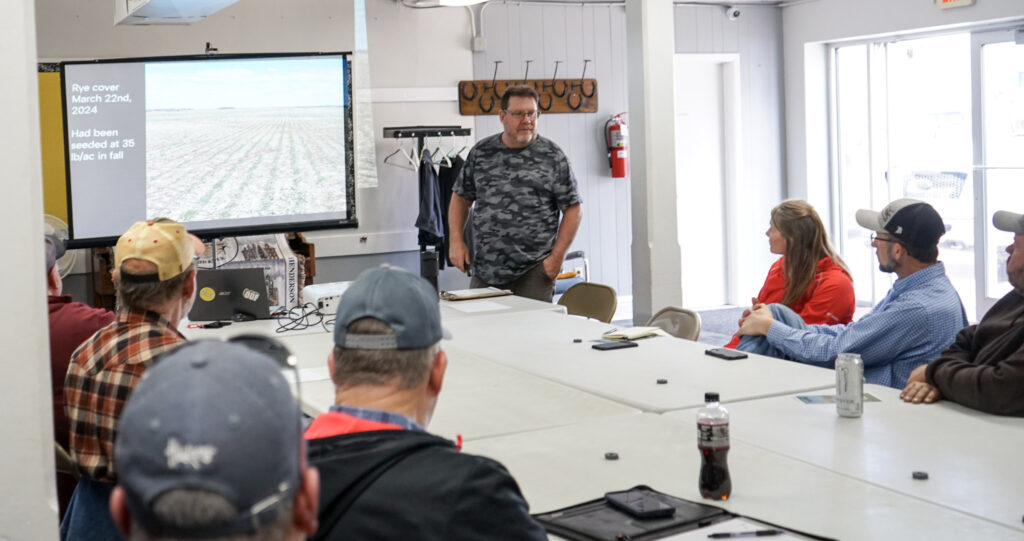
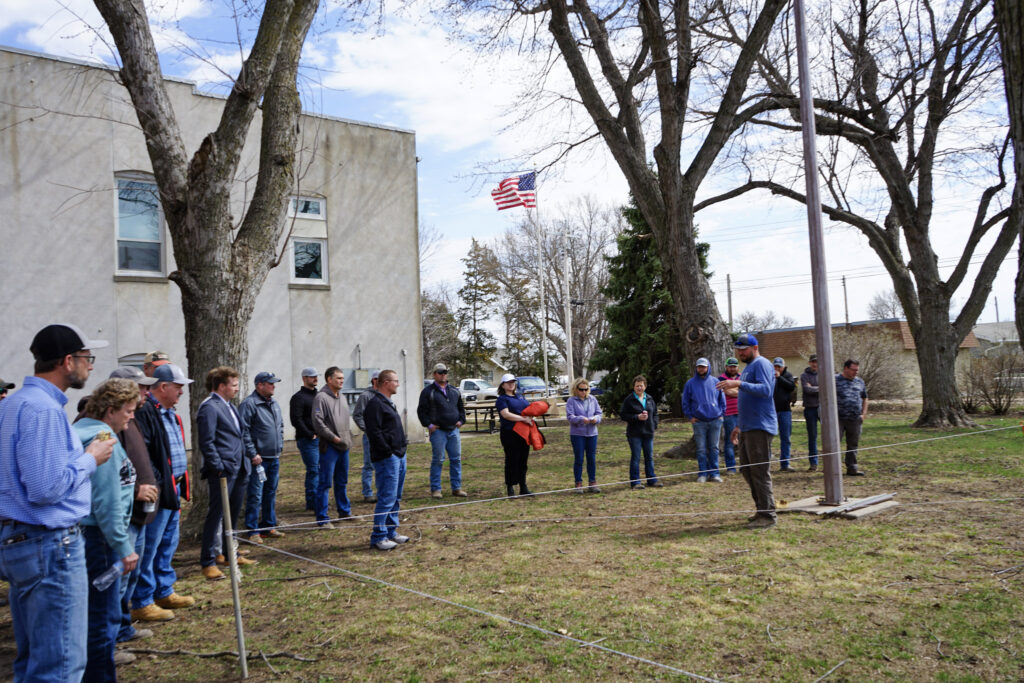
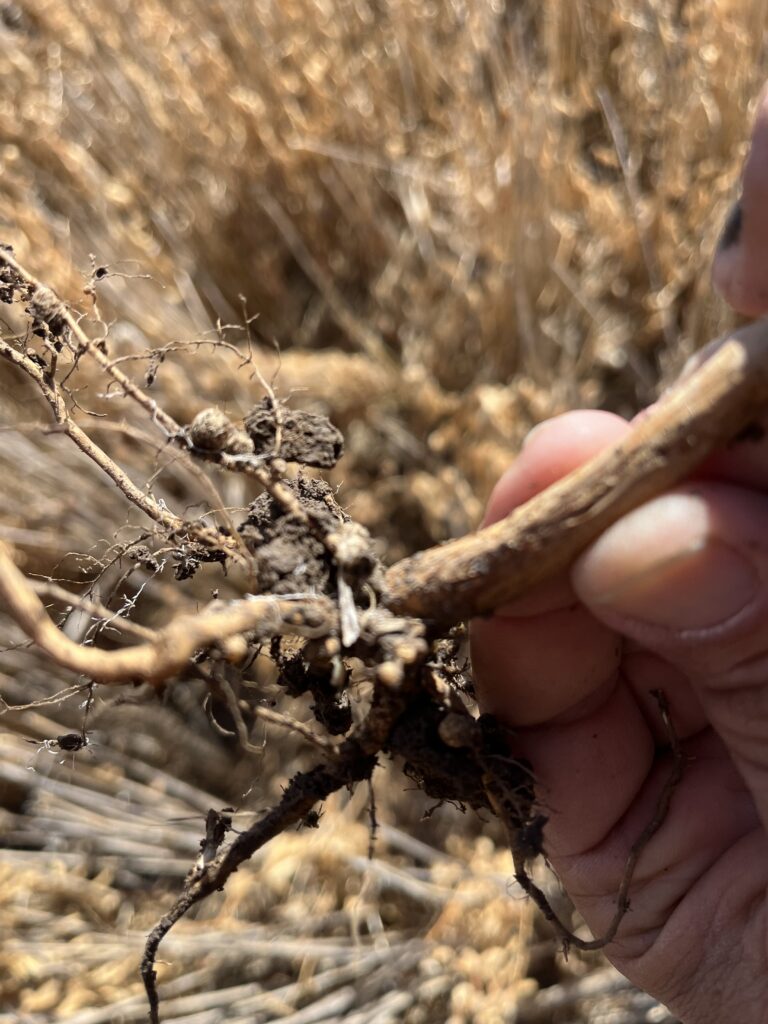
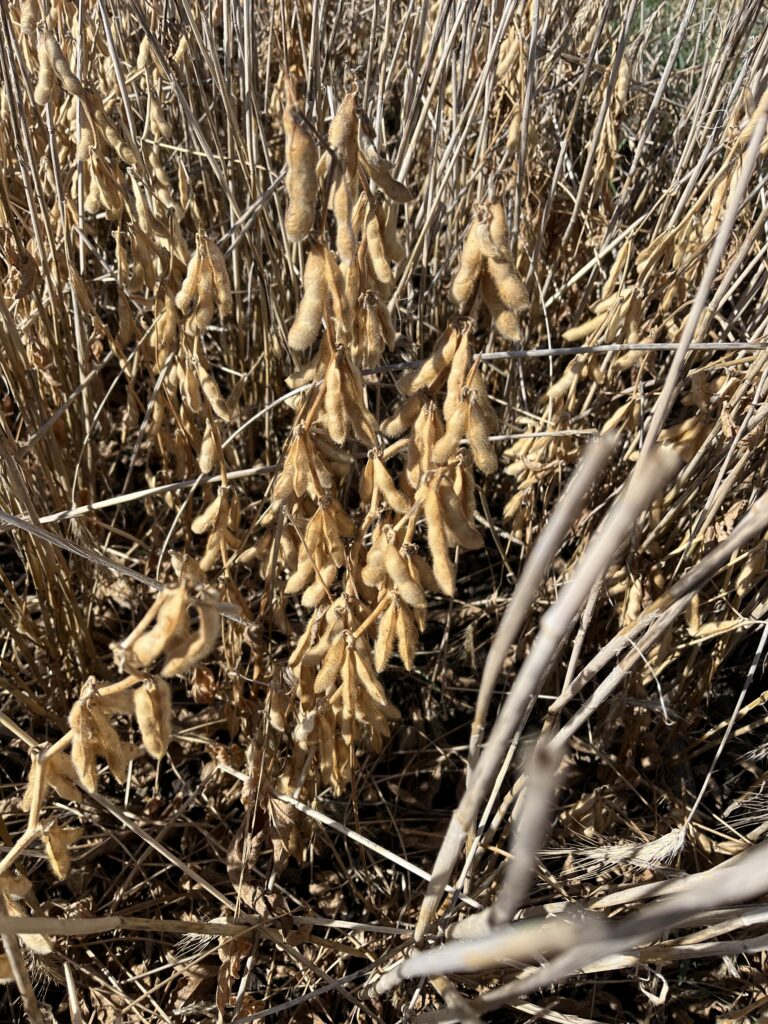
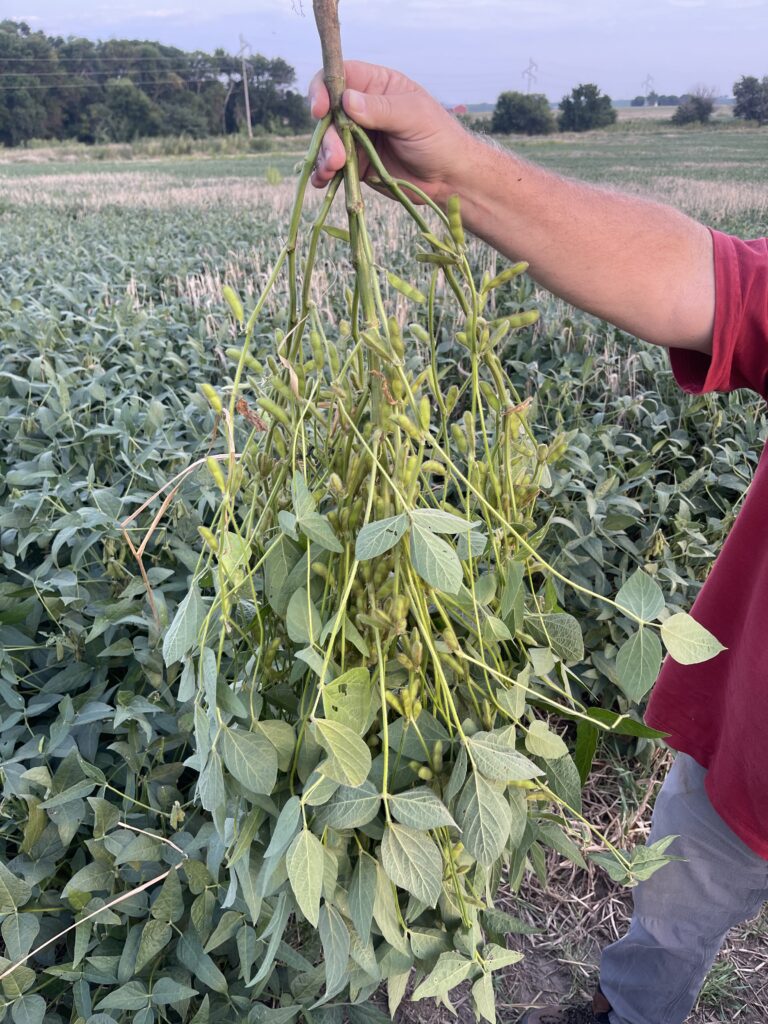
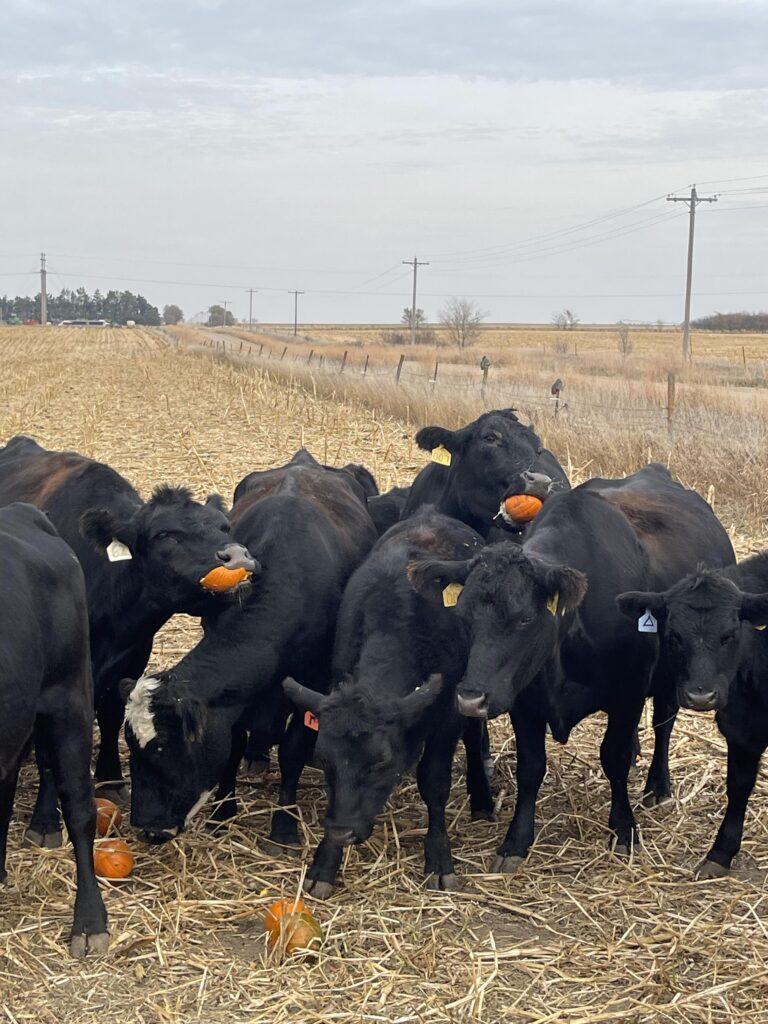
Cattle munching pumpkins foraged from cover crop.






